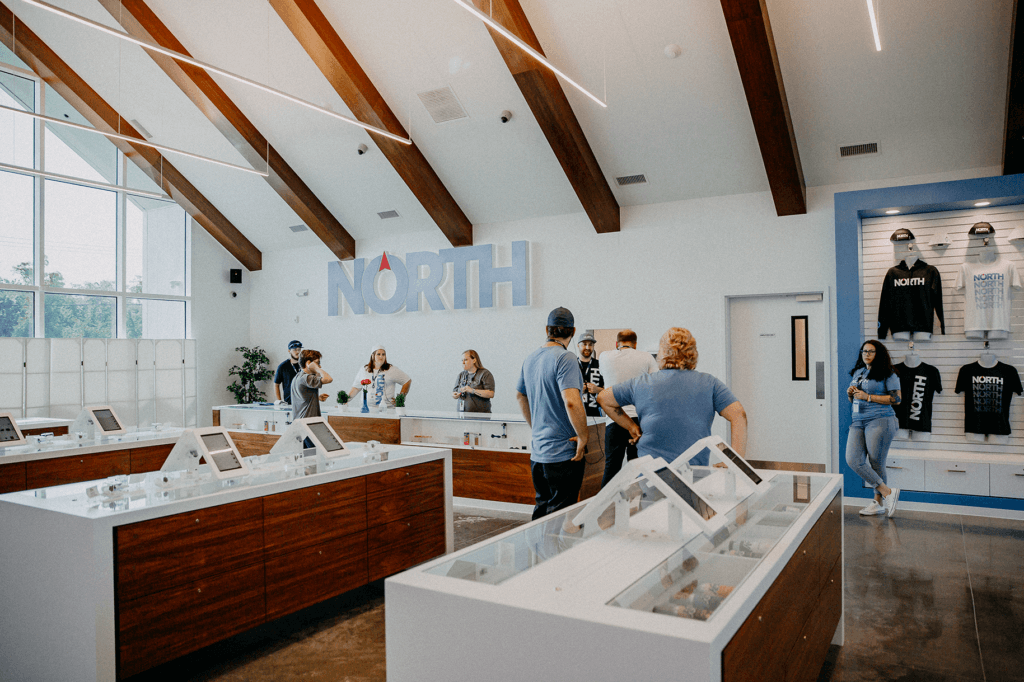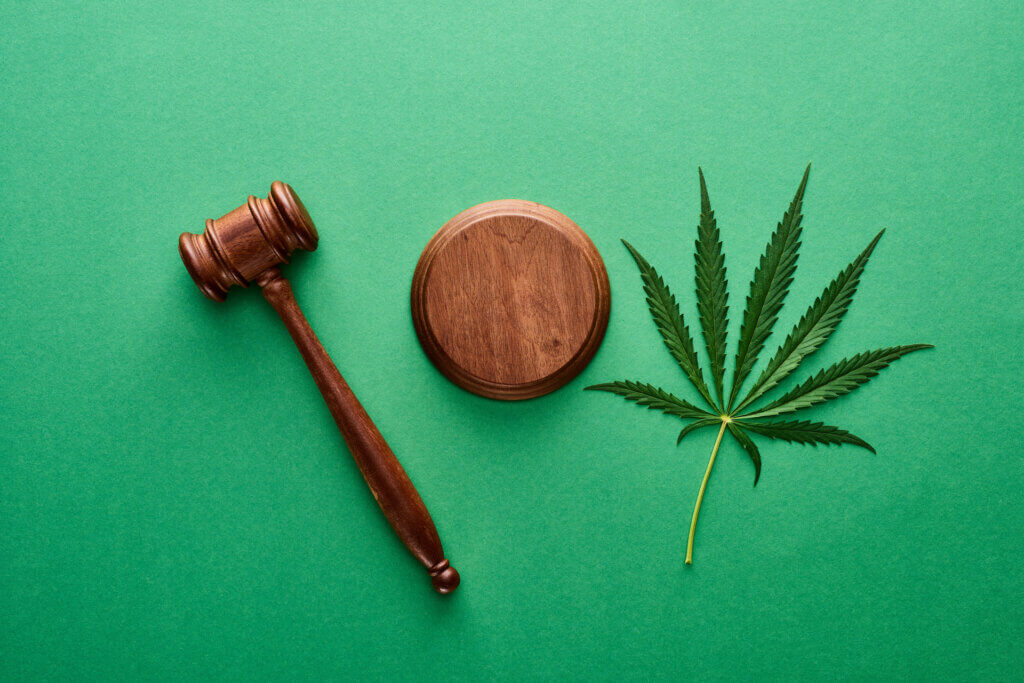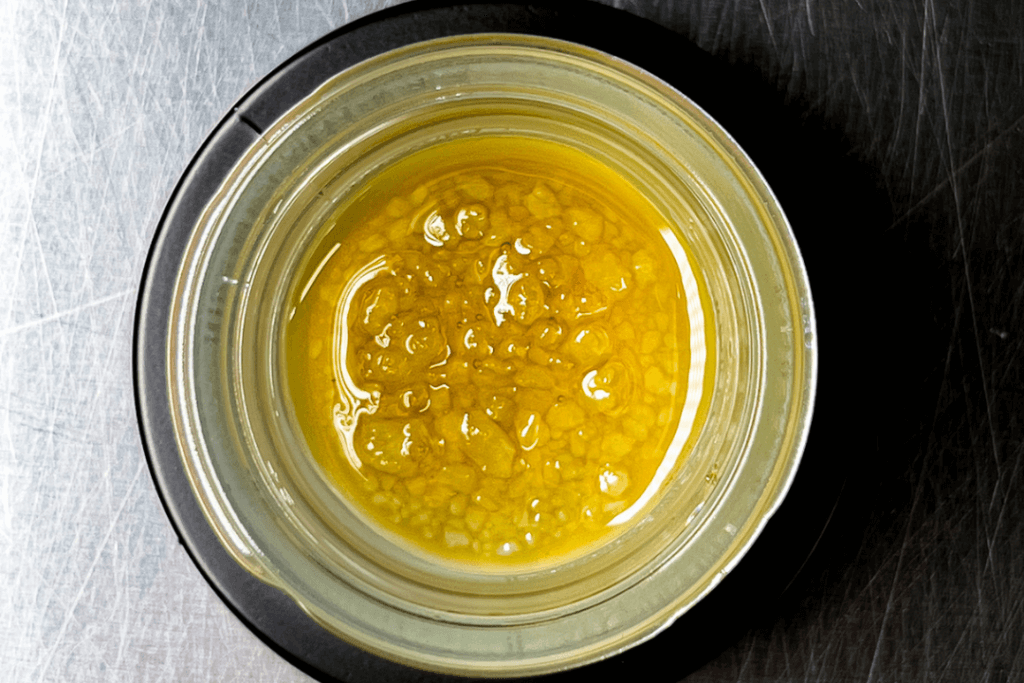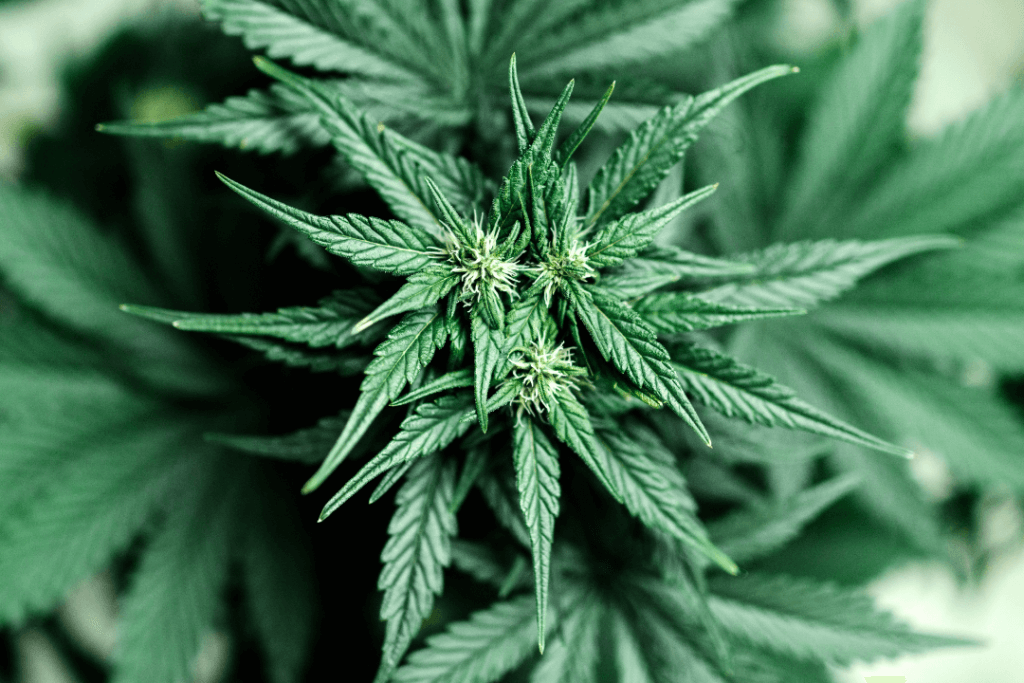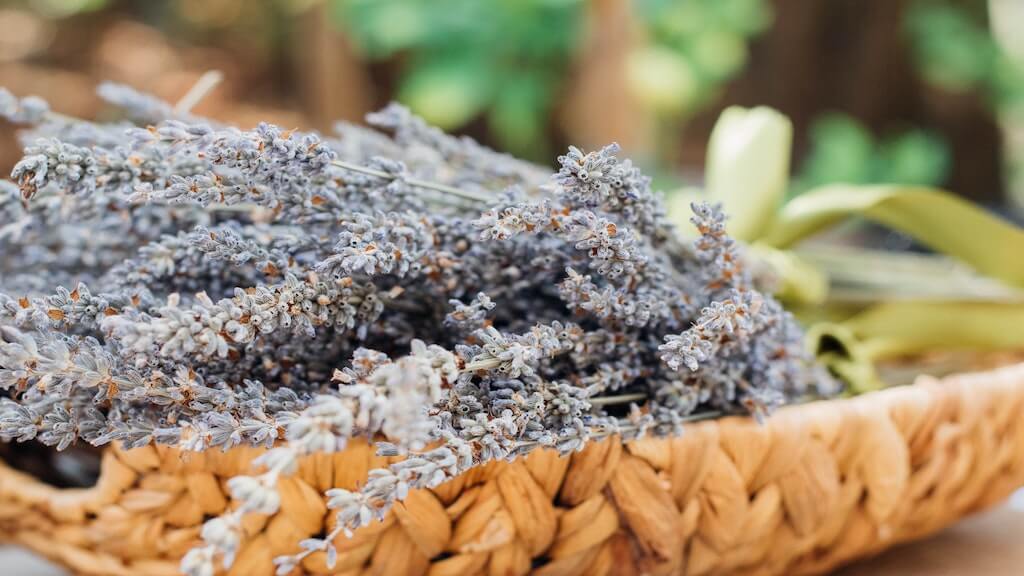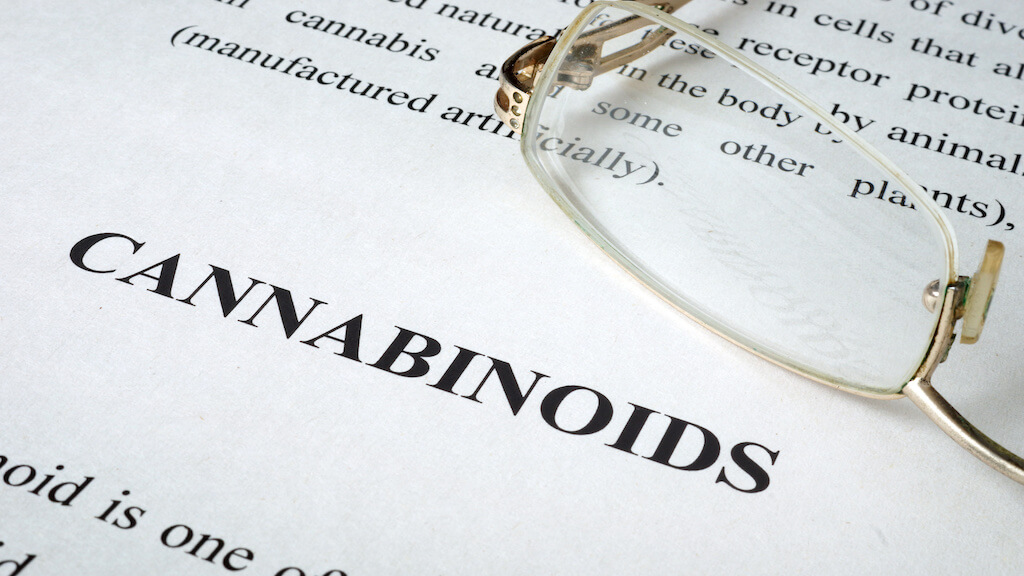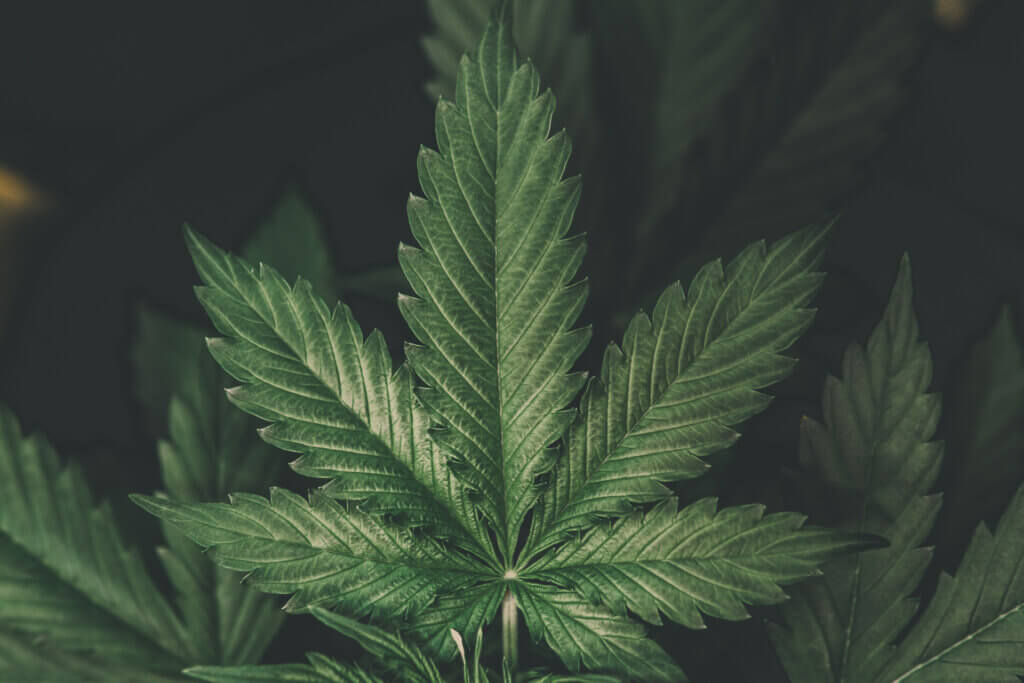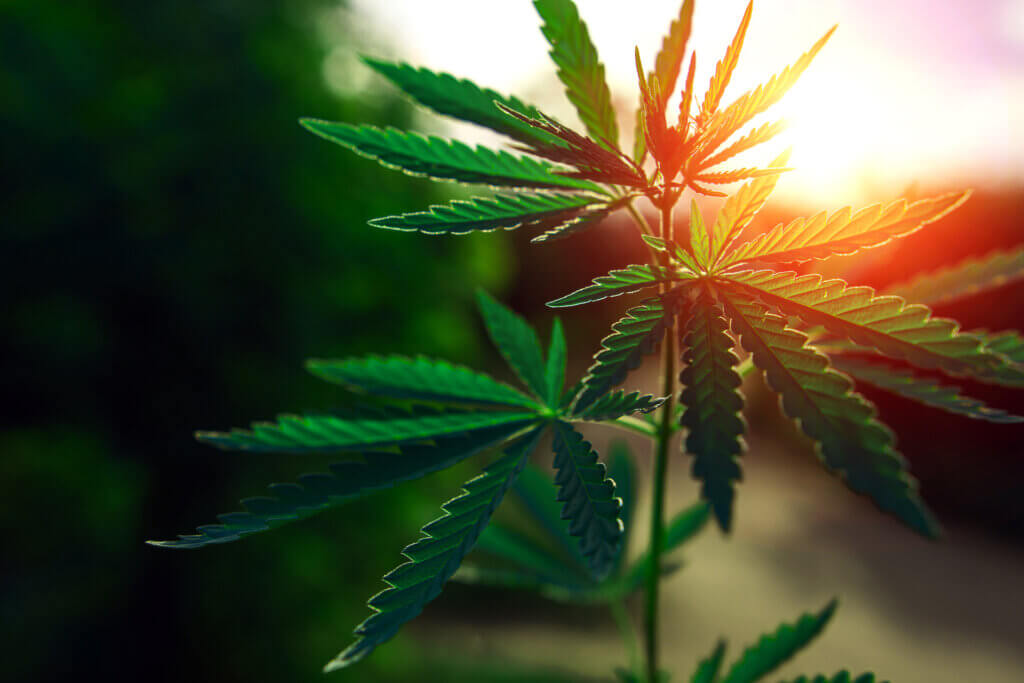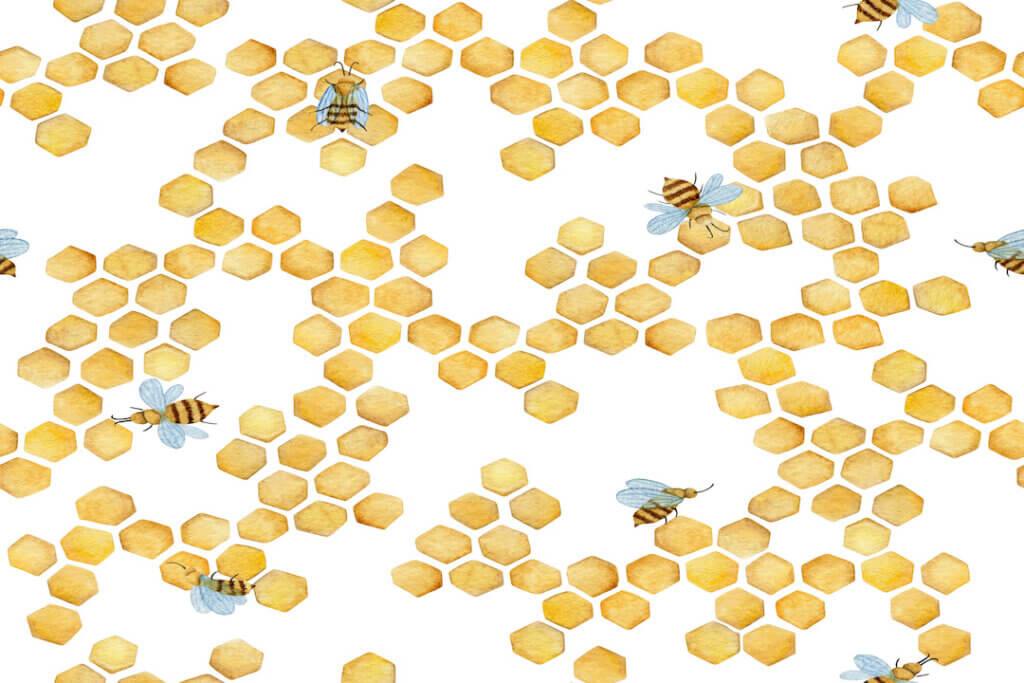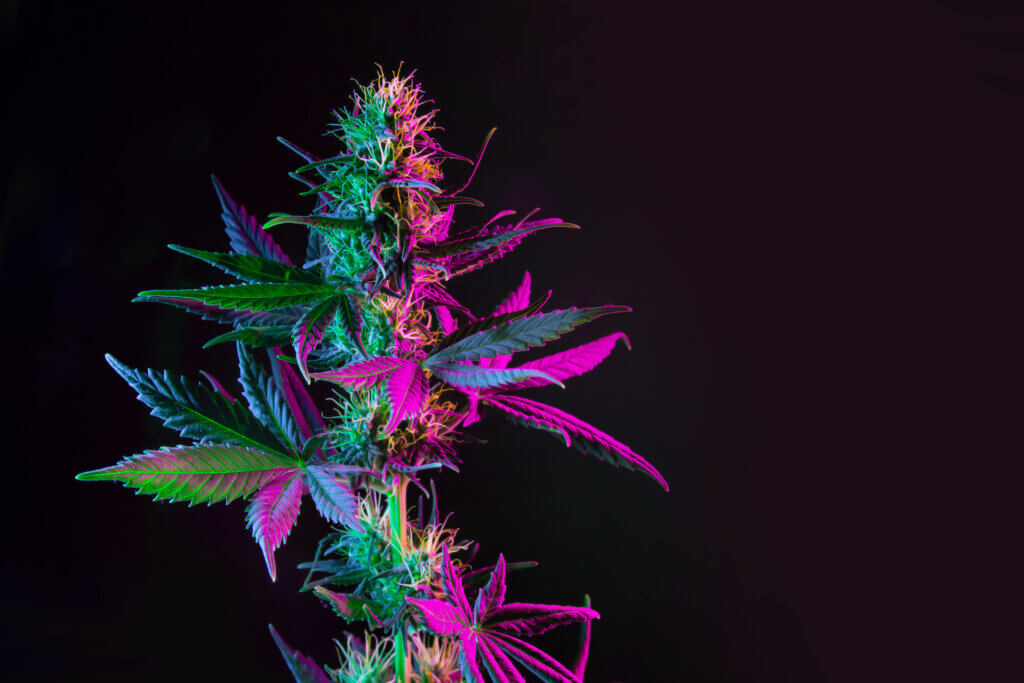Not many people know that our bodies have an entire system dedicated to receiving cannabinoids, known as the endocannabinoid system (ECS). It is a widely-studied system that is designed to receive both endocannabinoids and phytocannabinoids.
Our Body is Made to Receive Cannabinoids
Endocannabinoids are compounds naturally produced in the human body (as well as all other vertebrates), while phytocannabinoids are compounds found in many plants, but they are most densely populated in the cannabis plant. Endocannabinoids have been found to be naturally occurring in many places in the human body, including breast milk.
The cannabis plant is composed of phytocannabinoids like CBD, THC, CBG, and they interact with receptors in our body’s endocannabinoid system. There have been over 100 discovered phytocannabinoids. The interaction between cannabinoids and the endocannabinoid system or ECS encourages the body to return to homeostasis and promote an overall sense of well-being in the body.
Two Receptors in the Endocannabinoid System Have Been Discovered
So far, science has only firmly established two receptors in the endocannabinoid system, though there is belief that there could be more, specifically a third receptor.
The known receptors are the CB1 and CB2 receptors. The cannabinoid THC fits the CB1 receptor perfectly. CB1 receptors are mainly found in our brain stem and spinal cord, nervous system, some vital organs, connective tissues, gonads, and glands, though parts of our bodies contain both receptors. The CB1 receptors in our brain stem explains why THC impacts the mind and promotes a gentle psychological altering.
CB2 receptors are mainly found in immune cells and they interact with CBD as opposed to THC. CBG is another phytocannabinoid that has hit the cannabis scene lately. CBG has been shown to also interact primarily with CB2 receptors while providing a non-psychotropic effect.
CB2 receptors are heavily concentrated in the gastrointestinal tract and help to regulate inflammation. This is why CBD and other cannabinoids have been shown to be effective for digestive conditions like ulcerative colitis or Crohn’s disease. This study notes, “Cannabinoids have similarly demonstrated the ability to block spinal, peripheral and gastrointestinal mechanisms that promote pain in headache, fibromyalgia, IBS and related disorders.”
Unlike THC, CBD does not fit the CB2 receptor perfectly. Scientists know that CBD has a strong affinity with both the CB1 and CB2 receptors, but the exact science is still unsettled. It is thought that CBD modifies the receptors’ ability to bind to cannabinoids.
CB1 and CB2 Receptors Help Different Ailments
The idea is that different cannabinoids stimulate the proper endocannabinoid receptors in order to help different ailments. For example, we mentioned the CB2 receptor and how it can benefit digestive ailments when stimulated. It is also anti-inflammatory in nature, making CBD a great remedy for pain. CBD salves are a popular choice among users with chronic pain because the endocannabinoid receptors in the skin are able to receive the CBD and combat inflammation.
CB1 receptors in the nervous system and brain stem make THC a great medicine for Parkinson’s disease, Alzheimer’s, and others. Many patients attribute THC to the improvement of their symptoms. Watch Larry in this video try medical marijuana for the first time. Larry has Parkinson’s disease and within minutes his tremor dyskinesia subsides.
The Entourage Effect
The CB2 receptor is attractive to researchers because unlike the CB1 receptor, the CB2 receptor does not cause psychotropic effects. This is why CBD is frequently isolated and sold on its own.
However, many researchers and forward-thinking cannabis professionals believe in the “entourage effect,” meaning cannabinoids can work better together. Therefore, isolating CBD or stimulating CB2 receptors by themselves may not produce the same results medically as it would if more of the plant were used. Here is another video, this time of Gary in Colorado. Gary also has Parkinson’s disease and participated in a study exploring the use of CBD to treat it under his doctor’s care. Gary tried it and his tremors did not improve. However, his sleep did and now Gary is a believer in medical marijuana and CBD. He even started growing it and created his own CBD oil.
Knowing what we know about the entourage effect, Gary may have had better luck dissolving his tremors had he tried THC, too. There is new research taking place all of the time trying to learn even more about the endocannabinoid system than we know now. There have been enough studies proving the ECS’s crucial role in our body’s regulatory functions to make a case for medical marijuana.


